Obsolete currencies
 Omnihemoic
Posts: 15 ✭
Omnihemoic
Posts: 15 ✭
New to the forum and was hoping someone could tell me about this note. 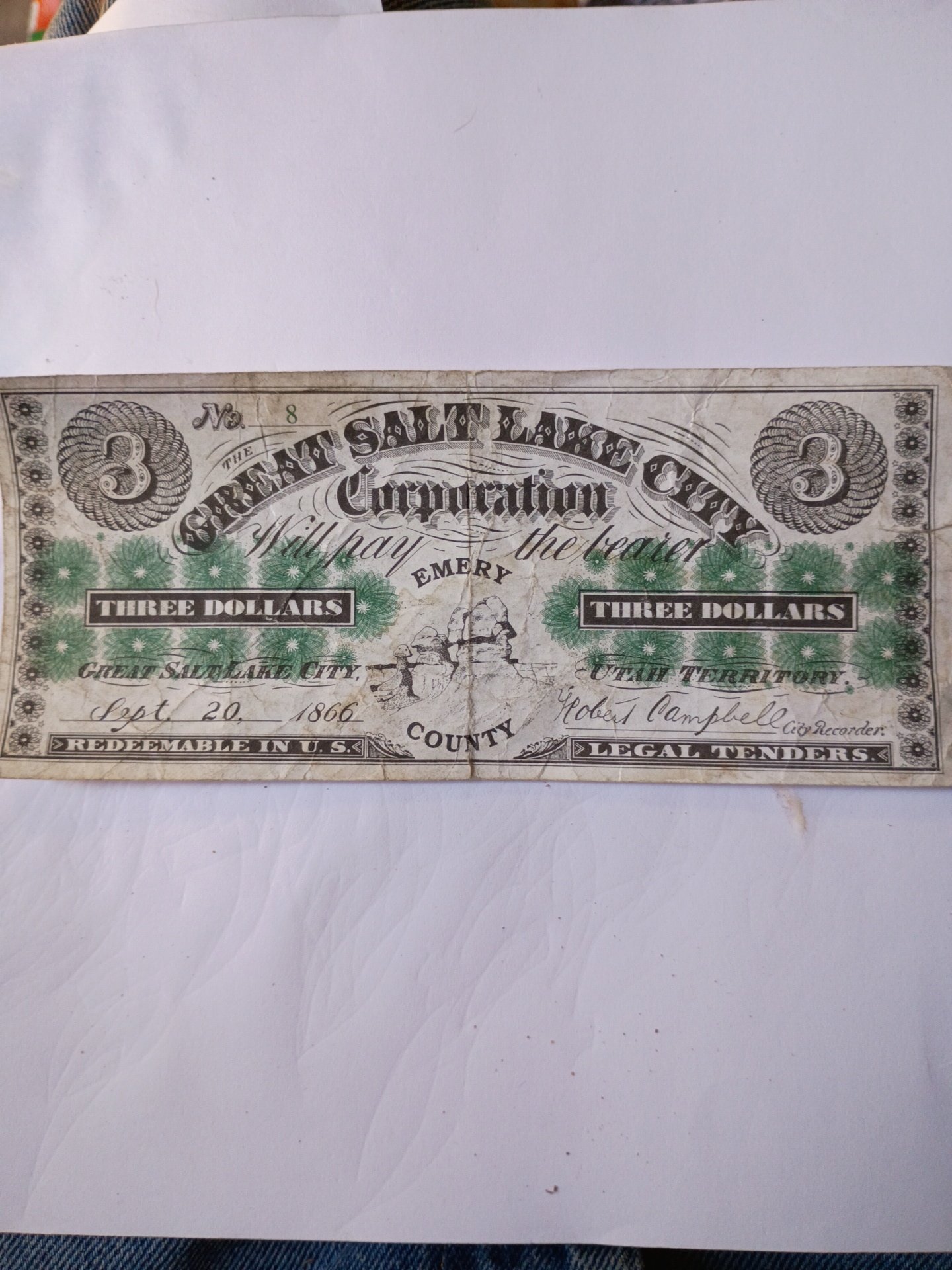


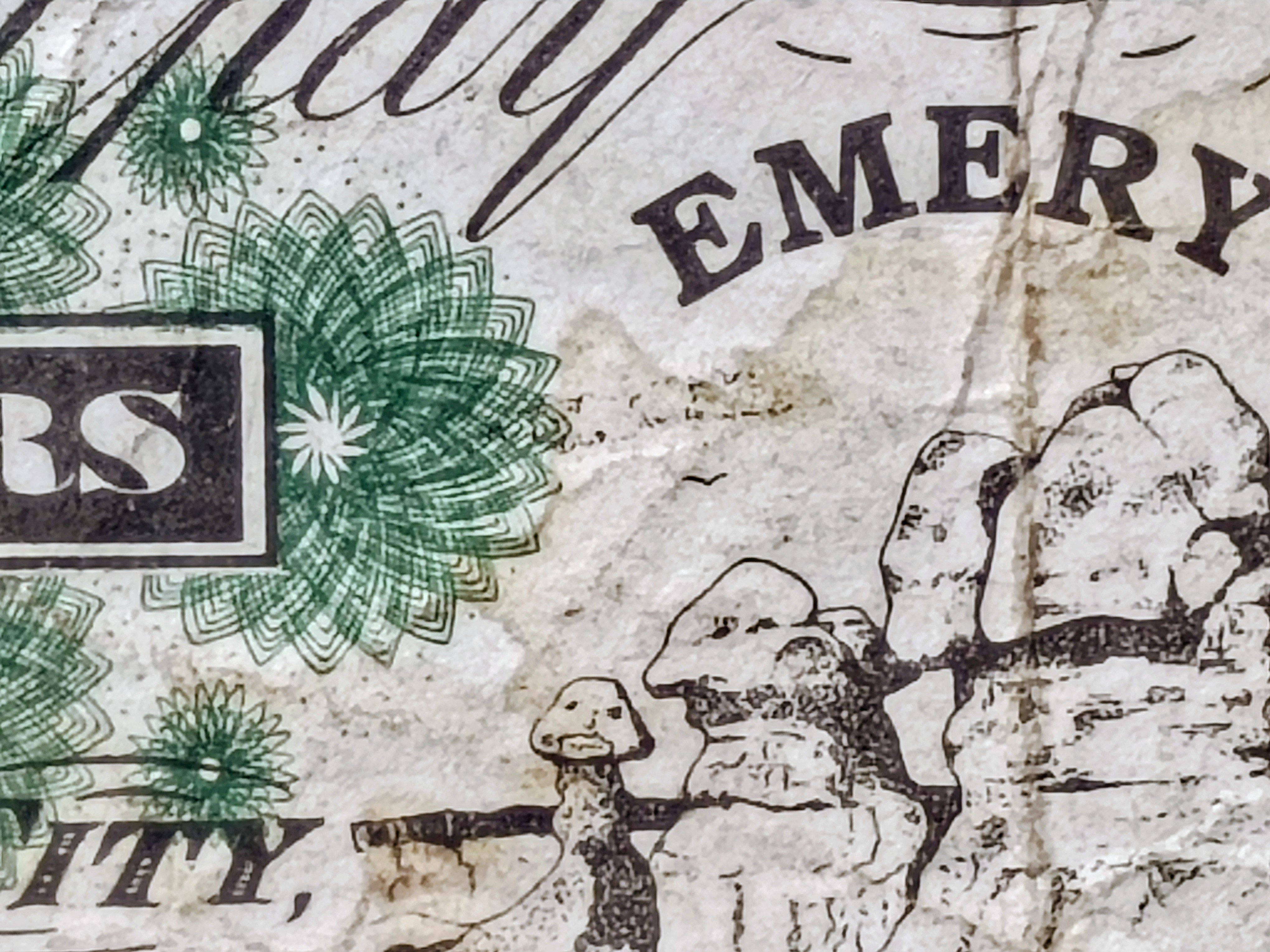
Tagged:
0
 Omnihemoic
Posts: 15 ✭
Omnihemoic
Posts: 15 ✭
New to the forum and was hoping someone could tell me about this note. 



Comments
I've added some better quality macro pics
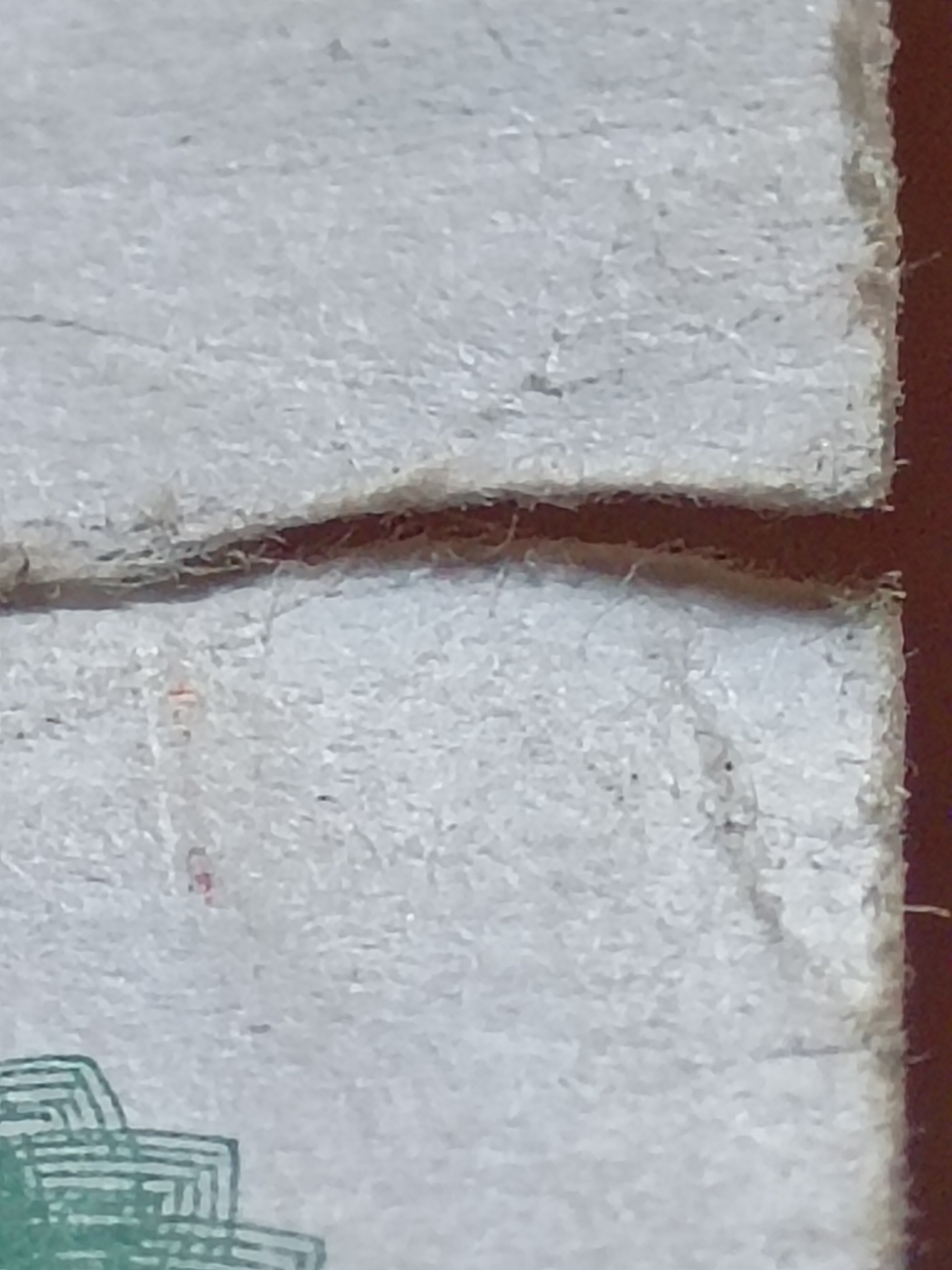
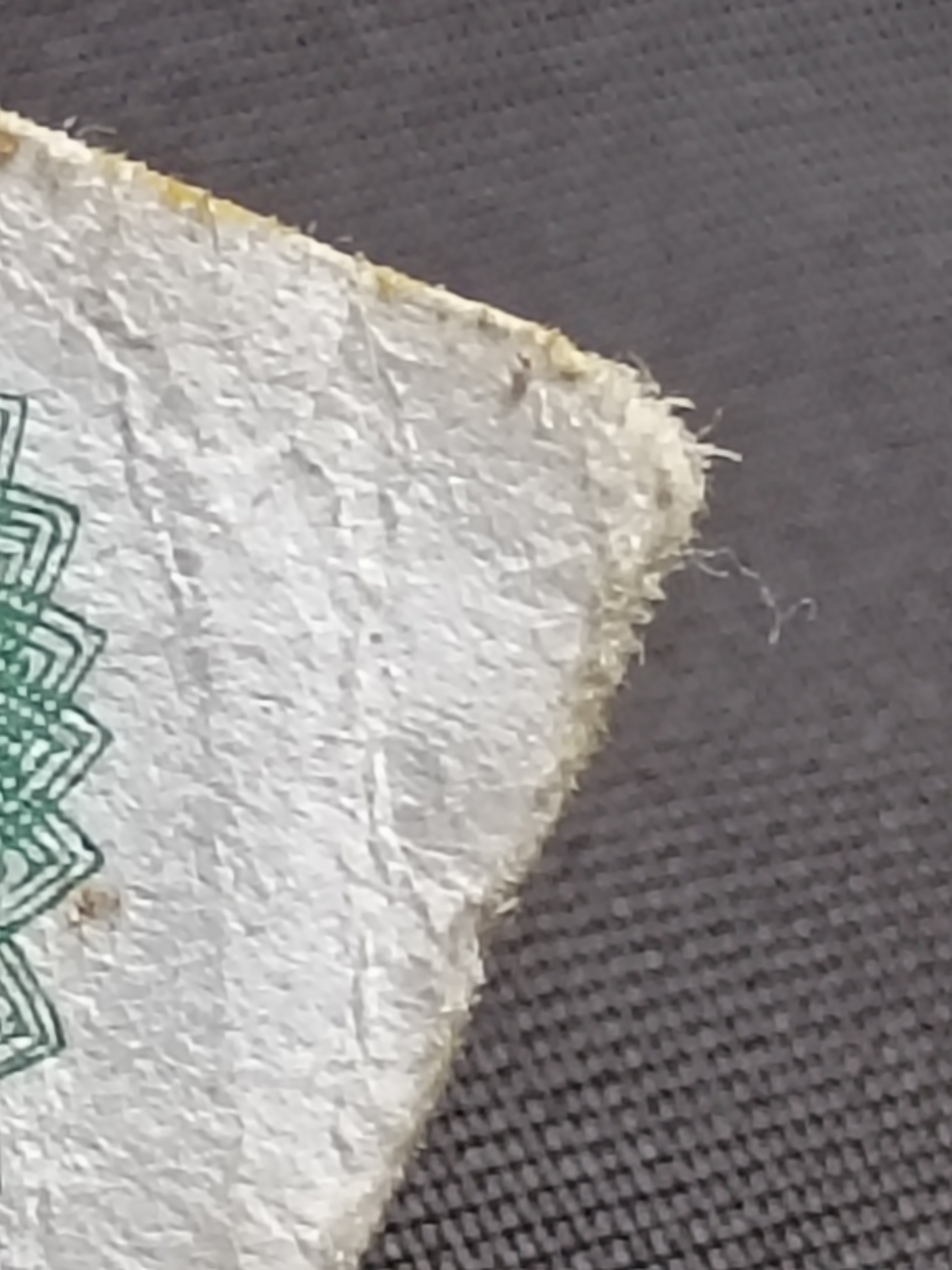
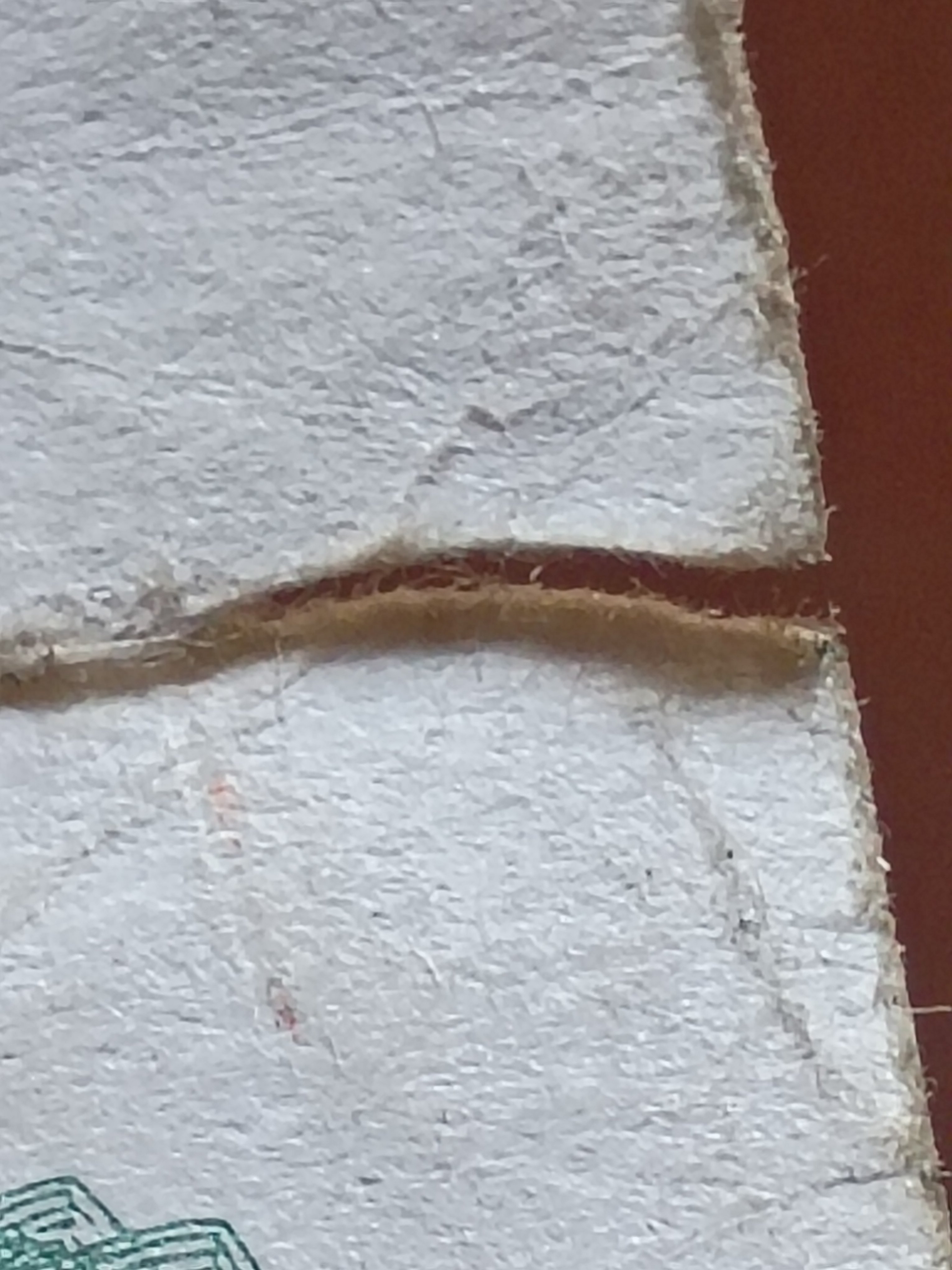
This is a copy. I don't see a $3.00 note from this series. That does not mean it does not exist, I just could not find any auction or sale listings for the $3.00.
Regardless, a genuine note would have hand signatures, date and serial numbers. these are all printed on this example.
Interesting, how does one tell the difference between printed and hand signed? Also is the paper it's on a kind of cheaper paper?
Is it common for counterfeit to bear a watermark?
A counterfeiter might try to replicate a watermark. A later copy or fantasy issue would almost certainly not have a watermark.
If you think your note has one please post a photo so people can assess.
Here is a banknote from the same era as yours, pulled from another thread. Note the handwritten signatures and serial number. Also notice the way the paper looks on this very heavily circulated bill.
Also, to me the "Emery County" text on yours doesn't look right to me. The type style seems modern.
Appears to be mountains in the distance and of course this is to an untrained eye.
I also took better quality pics of the small tear and corner of the note as to get an opinion on if this is the right or wrong type of paper. I realize how difficult this can be to ascertain from a photo.
I do however accept that this note is likely a reprint or however it's classified. I suppose my question now is why this specific one and why invest so much effort only to get key features wrong?
I have seen many notes of the same era and of Salt lake city corporation on Heritage Auctions with identical what seems to be preprinted serial numbers, obviously not the same number but the same nonetheless.
A watermark shows up when the bill is held up to a light source located behind it. The features that look like mountains seem to be on the surface of the bill, either printing or dirt.
I agree with @lettow & @JBK that the OP is a copy. The paper is all wrong: far too white (they did not bleach the rag paper-cotton substrate). Bleached substrate started to do in the 1940's/50's.
Great close-up photos (esp #3) reveals the signature was printed. "Campbell" signature probably is lithographed (or some photocopied), too precise & not faded. All signatures (& even serial numbers) were hand signed (or individually numbered) back then.
Wear looks completely manufactured/doctored (an attempt to make a bright white note look old/circulated).
**https://sites.google.com/view/notaphilycculture/collecting-banknotes **
I have involuntary muscle movements therefore taking close-up photos was a bit of a challenges so your compliment makes having to almost threaten my motor skills with legal action worth the trouble.
As for the "banknote" it's a bummer but at least I learned more about what to look for. I appreciate everyone's help.
To sell as a souvenir.
My sister purchased it then gave it to me.... apparently mama did raise at least one fool.
Also, just to make money (& there's many individuals who take advantage of that).
Unfortunately, we all like to get a "good deal" or something at a discount. But we enter the hobby not realizing that there's usually a reason the price is lower than usual. I bought a lot of poorly centred notes when I started out. I didn't mind them then but I now like my notes more well-centred.
And later, when I wanted tougher, more expensive series, I often bought washed notes (stains removed, b/c I was a bit colour blind & wanted a cheaper note). Once I got serious & realized how much colour was lost I only wanted pricey original (EPQ) notes. There are a LOT of collectors who won't touch a certified note but I have grown to value them. All of this (ability to ID a note's true characteristics) takes time to fully develop. Its a skill that doesn't develop overnight (so you see comments like "get it graded" on social media b/c these guys haven't seen a washed note & can't tell the difference). Certifiers & sellers usually don't tell people their note listed has been washed. Only a very few do. You have to know the difference (between washed & unwashed or pressed & non pressed).
So there's always those out there who want to make a buck off some unsuspecting people. Sure, sometimes an odd colonial (or a Chinese) note starts off as a "souvenir," but there's always an unsavoury individual who may be motivated to make it more than that.
**https://sites.google.com/view/notaphilycculture/collecting-banknotes **
I am semi retired so I thought I needed a hobby to fill my free time and as it turns out I'm not very good at "free time" . This hobby has always fascinated me and now I'm realizing there is far more to learn then I 3knew and I was/am a structural engineer! (Mainly large scale demolition) So I cannot tell you how valuable answers like this one are to a greenhorn like myself.
With the utmost respect for everyone here, I tip my hat. Look forward to bugging you guys and making you explain things like I'm 3 years old.
-So am I & that is why I started this hobby site:
Notaphylic Culture home page
-just home to navigate (the site has become rather bloated from 6 years of additions)
Collector's Corner (weekly observations)
-Most active page which I add new features
CC Spotlight page
-This is a new section where I have added focussed discussions on GRADING, Completed SETS & other personal numismatic accomplishments.
Check it out! It is World banknote themed but most of what I preach can be applied to any nation/niche as well.
**https://sites.google.com/view/notaphilycculture/collecting-banknotes **